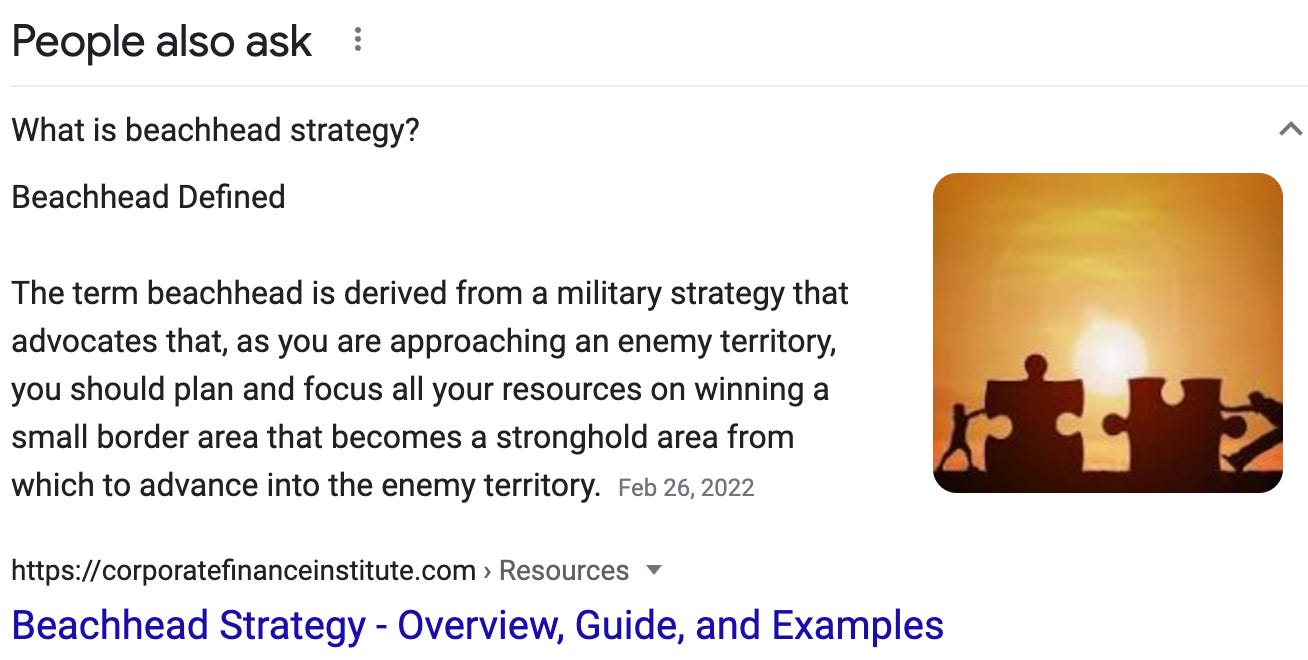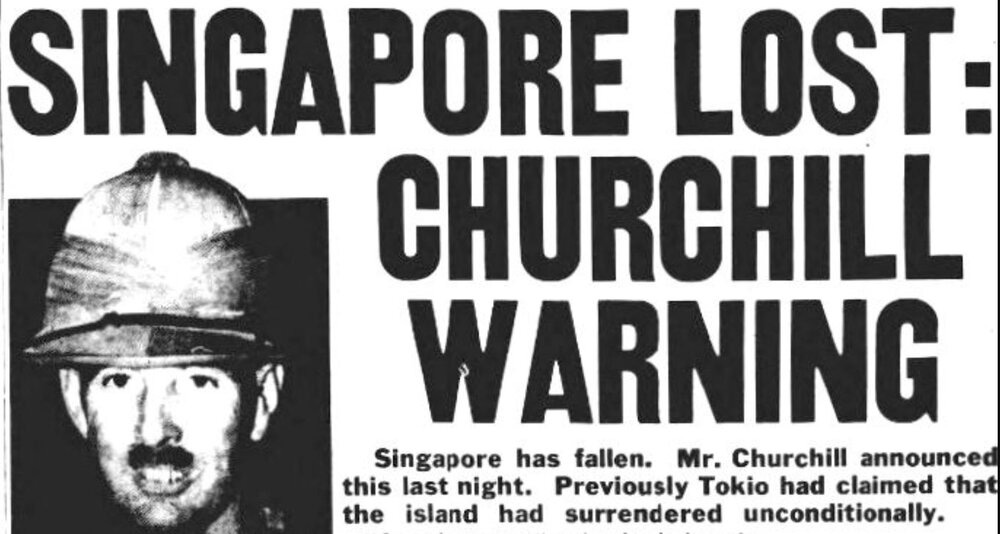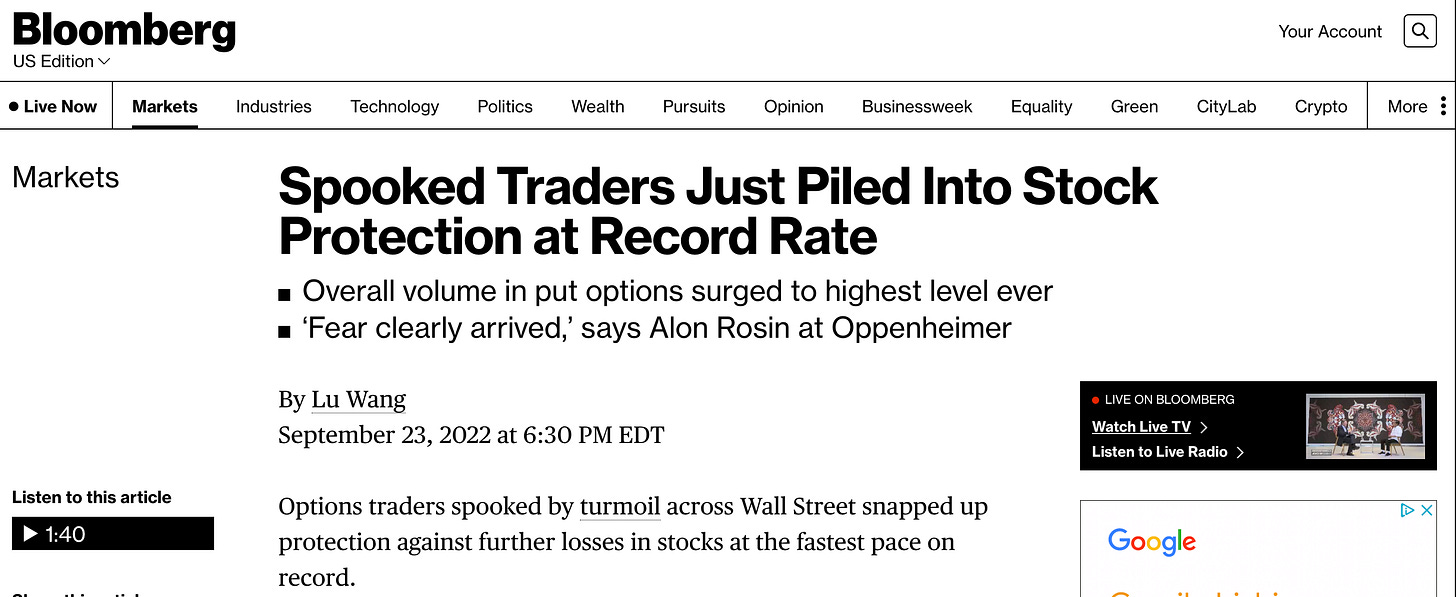Extreme Fear has re-emerged in markets. Upon big further weakness, a Bear Trap may be set soon.
Like this email if you are ready for a bit more weakness before the next counter-trend rally.
Note: The more volatile the market environment, the more you need to double-down on your committment to broadening out your knowledge and skillsets. My committment to help our Community is unparalleled during this period of time, and I believe my Research & Strategy shine in all market environments, especially highly uncertain ones such as the ones we face today.
If you are new to my email list, feel free to explore the research I have shared publicly here and here again with all Friends on this list.
My priority at this moment in time is growing my reach and share of voice to help good folks like yourself develop stronger perspectives as Investors, Analysts, and Strategists. I want to help you to the best of my ability. Connect with me on Instagram, Twitter, and Linkedin. I am able to post on those platforms far more frequently than on Youtube and my Email list (one well-researched YT Video and one thoughtful Public Email Letter like these every week).
From Boston, MA / Your Investment Strategist Larry Cheung, CFA
Dear Public And Private Investment Community,
This week was an incredibly challenging week for stock market participants who have a long-only bias.
We witnessed several of the most important index components within the S&P 500 fall 3-5% below their 52-week lows, with several key companies even re-visiting their pandemic lows back in 2020.
The September FOMC reiterated that the Fed sees the Federal Funds Rates in restrictive territory for longer, and that pushed up key macro variables such as the 2Y, the 10Y, and the Dollar to levels that placed enormous pressure on equities.
With all that said, the positioning based on the opinions we have advocated for resulted in a week that was manageable (all-things considered). Our Community has weathered this storm with Defensives and highly thought-out ideas on Offensives. Falling markets will not spare any long positions, but our risk has been managed as best as possible (will discuss below).
Before we continue with Investment Strategy, I want to discuss a historical event in time that will give you greater perspective. Long-time readers of my public email letters know that I deeply appreciate the realm of liberal arts.
It is my sincere opinion that Retail Investors who only know about the mechanics of “investing” will have far inferior perspectives compared to Folks who possess a breadth of knowledge acquired through thoughtful study of major historical events and literary works. I do believe that most people (outside of my highly educated audience on my email list like yourself) have a very narrow view of the world, and that their perspective is much more localized than global. This perspective is a substantial liability in today’s investment environment where macro events drive the narrative, and politics from North America to Asia-Pacific become intertwined.
The historical event I wish to discuss today, that should be quite familiar with my European/Asia-Pacific audience, but likely to be less familiar with my U.S./Canadian audience is the Battle of Singapore (also known as the Fall of Singapore) in 1942.
The Battle of Singapore: A Short Walk Back into History
Between February 8th and February 15th in 1942 (in just one week’s time during World War 2), the Empire of Japan captured the British stronghold of Singapore.
The capture of Singapore would later end up being the largest British surrender of its history.
This is because Singapore widely served as a British military base and economic trade zone in South East Asia. Its geographical location meant that it served as a key location for Britain’s defense forces against Japanese aggression.
Historians will likely cite that the reasons that the British forces were unable to hold Singapore were the following:
Many of the the Allied troops commanded by British-Lieutenant General Arthur Percival lacked experience compared to their Japanese counterparts
Despite outnumbering the Japanese in terms of troop size, the British experienced key communication and leadership failures that led to them failing to defend the weakest part of the Island - the Johore Strait (located between Singapore and Malaysia)
The Japanese established a Beachhead (see definition below) on February 8th and therefore was able to have their air forces continuously bomb critical infrastructure such as civilian water supply
After taking hold of Singapore with British surrender, the Japanese immediately began a wide purge later known as “Sook Ching” where their army targeted Singaporean Chinese and any anti-Japanese sentiment in the city-state.

From this critical historical event, which many older folks in Asia-Pacific (particularly Singaporeans) still remember to this day, we learn many valuable takeaways as it relates to Investment Strategy (which is a form of economic warfare).
Today, with our globally-interconnected economies, the desire and political willpower to engage in large military confrontations is far lower than it was in the past. Generally speaking, countries have a much stronger bias to engage in economic warfare and battle rather than military warfare (with Russia-Ukraine being a big exception).
That said, economic warfare - where countries attempt to position themselves on a stronger footing due to their Currency Strength, their positioning on key Commodity resources, and their trade dynamics - has very large similarities to actual military warfare.
In both situations, we now see the applications of the following:
Intensive planning for multiple scenarios to play out ahead of time, and plans to execute if certain situations materialize
The importance of having experience in the areas that you trade and developing expertise (just like how fewer experienced troops is far more valuable than many inexperienced troops)
Being able to “spot the weak areas” of the market and proactively evaluating whether those areas can spread into the broader market and execute your risk management setups before it’s too late
Understanding that a market-wide decline will spare very few stocks, and that in macro selloffs the question is NOT “what stocks should I buy” but rather “WHEN do I believe the SPY and QQQ will SLOW DOWN its rate of declines so that I can then execute on my plans” (This is similar to Sook Ching, where the Japanese Army indiscriminently purged civilians, in a brutal and completely arbitrary fashion.)
Beginners and Intermediate-level investors must understand this principle: A falling market will generally impact 80-90% of stocks.
The Road That Lays Ahead: Long-term Challenging, Short-Term Opportunities Are Arising
There is no doubt in my mind that the long-term outlook for equities is structurally challenged.
At the same time, the Bulls have one secret weapon at their disposal.
And it’s that everybody in unanimously negative. If you are reading my email here, there is VERY strong chance that you have a bearish view on the market. After all, it is incredibly challenging to find bullish arguments to be made.
Right now, the amount of hedging and short-selling taking place in markets is at a historical level. The problem is that in markets, not everybody can profit (since not everyone can be right all at the same time).
The bear case at this point is fully known, fully accepted, and at least partially priced into markets (though not all the way, yet).
I am not convinced that all these Put Options will end up as a giant payday for everybody who purchased them. For some short-sellers yes. But certainly not everyone. Especially not those who started hedges near the S&P 500 lows.
Longer-term bears that remained steadfast in their beliefs when the S&P 500 rallied to 4200-4300 on the false premise of a Fed Pivot have the strongest hand in their hedging positions. In late August/Early September, I was on a mission to help our Community reduce risk at those levels, and I believe that campaign has been incredibly successful.
For the newer bears that are buying newly opened put options with the S&P 500 now back in the 3600 region (near its 52-week lows), this transaction is far more reactive than proactive. Can it still work? Sure.
Is it the best move as of now? I don’t think so, especially if we look out several months.
This market has a powerful way to eliminate market participants from continuing to play this game if they do not engage in thoughtful planning and careful study of the environment.
The environment can change very quickly.
Just remember that Japan took Singapore from the British Forces in just 7 days.
While more downside in the very near-term is likely, we need to remember that emotions (and therefore positioning) operate on a pendulum.
Everyone knows that the path forward is still incredibly challenging from a long-term standpoint. I agree with this because there’s no reason for me to disagree with it.
That said, I am now in the camp where I believe this market offers selective value in the coming weeks (looking out 4-8 weeks) should we see lower levels from here due to emotional positioning.
Stock-selection based on a careful screening of fundamental, macro, and technical considerations will be more important than ever.
We intend to help our friends inside navigate the market’s next move with thoughtful planning, insightful research, and strategy.
To understand the best names and themes to fight this Stagflationary environment, and at what levels they should be acquired (and later disposed of), be a part of my Global Community where I will help you navigate the current market dislocation.
Share this email note with friends and family if you believe it will help them develop stronger perspectives.
That’ll do for this brief update. Add me on Instagram and Twitter below. On Youtube, I only get to post once per week. But I am able to be a bit more active on Twitter and Instagram.
Add me! 😊
Social: https://www.instagram.com/larrycheungcfa/
Twitter: https://twitter.com/LarryCheungCFA
Patreon Investment Community: https://www.patreon.com/larrycheung
Best Investment Platform For HK-Listed Shares for Chinese Internet Companies: Interactive Brokers or Moomoo
❤️ this email if you enjoyed the read. And see you in my next Youtube Video.
Your Investment Strategist,
Larry





